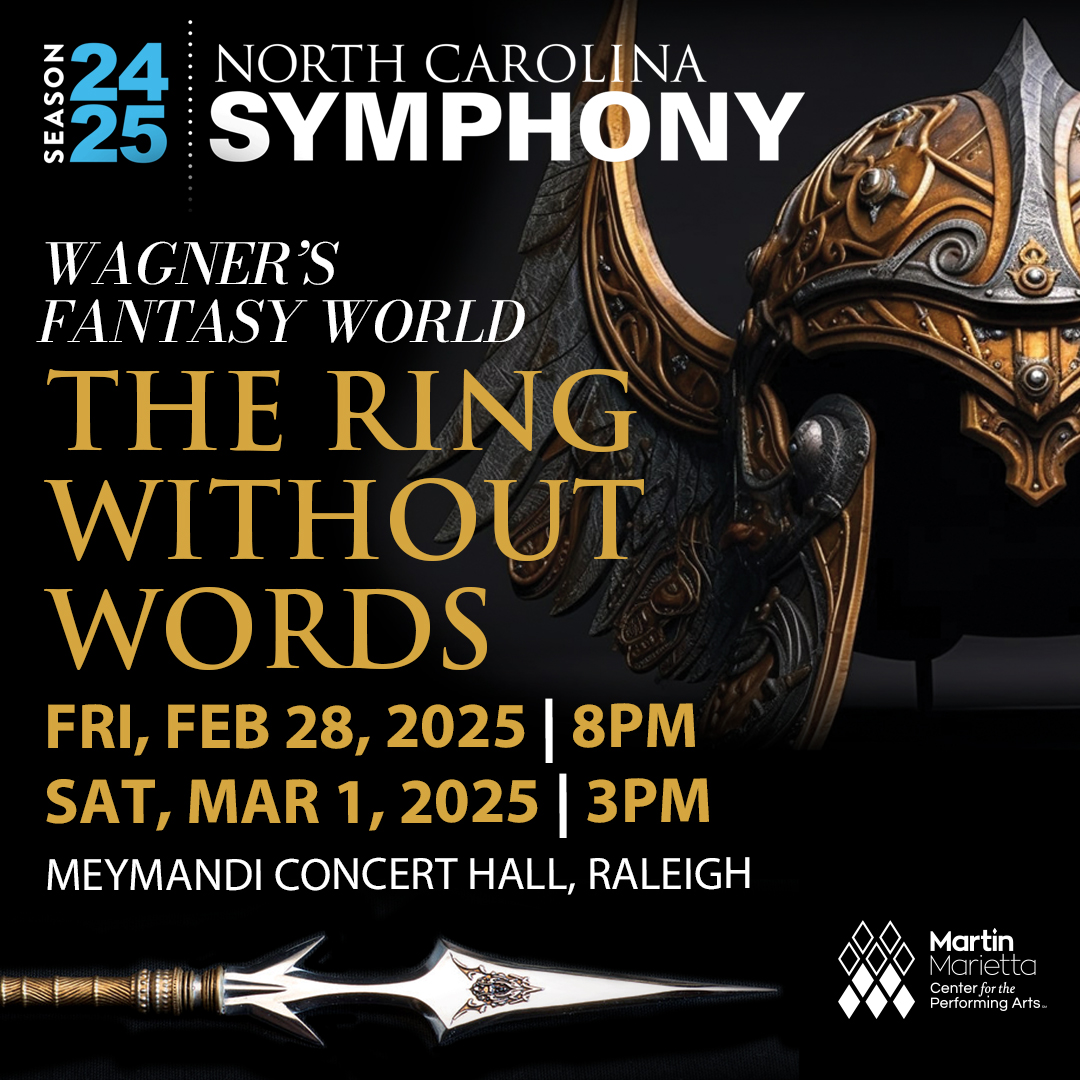Symphony No. 9 in D Minor, Op. 125, “Choral”
Ludwig van Beethoven (1770-1827)
THE STORY
For Ludwig van Beethoven, his final symphony and magnum opus was the summarizing thesis for his life. He was born and raised in the small and colorful German city of Bonn, where a free-thinking culture revolved around a fierce passion for the humanist ideals of the Enlightenment. It was as a teenager in Bonn that Beethoven first heard Friedrich Schiller’s poem “Ode to Joy.”
The composer began work on the piece in 1820, at the age of forty-nine, with its premiere taking place in 1824. By this time in his life, Beethoven was completely deaf and isolated. His propensity for violent outbursts and bouts of deep depression had left him with few meaningful relationships, and severe stomach issues that had plagued him his entire life had reached an unbearable level. When asked what the subject for his new work would be, he said, “The search for a way to express joy.” With the Ninth Symphony, Beethoven reaches through time with a triumphant message of unity.
LISTEN FOR
- The flashes of a motif in the violins at the beginning of the first movement, which then develops into the thunderous theme that will define the movement—ending with a funeral march
- The raucous minor-key second movement, interrupted by a beautiful, soaring theme in the woodwinds
- The main theme of the third movement, introduced by the strings, which is developed with variations and embellishments but never loses its sense of deep tranquility
- The entrance of the baritone and choir in the final movement and the first time in Western Classical music history that voices join the symphonic genre
INSTRUMENTATION
Piccolo, two flutes, two oboes, two clarinets, two bassoons, contrabassoon, four horns, two trumpets, three trombones, timpani, percussion, strings



